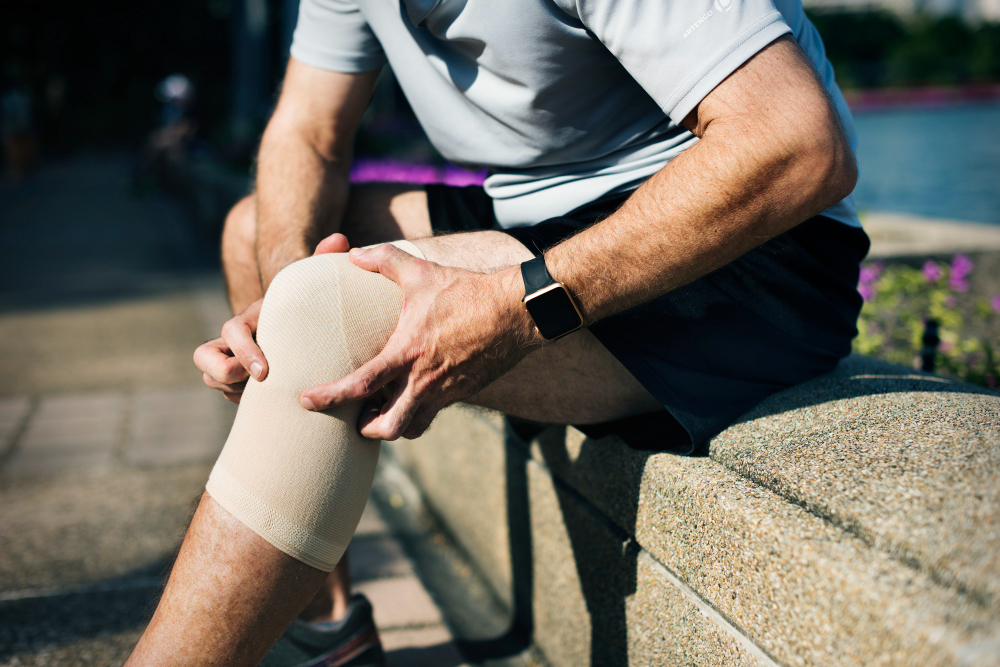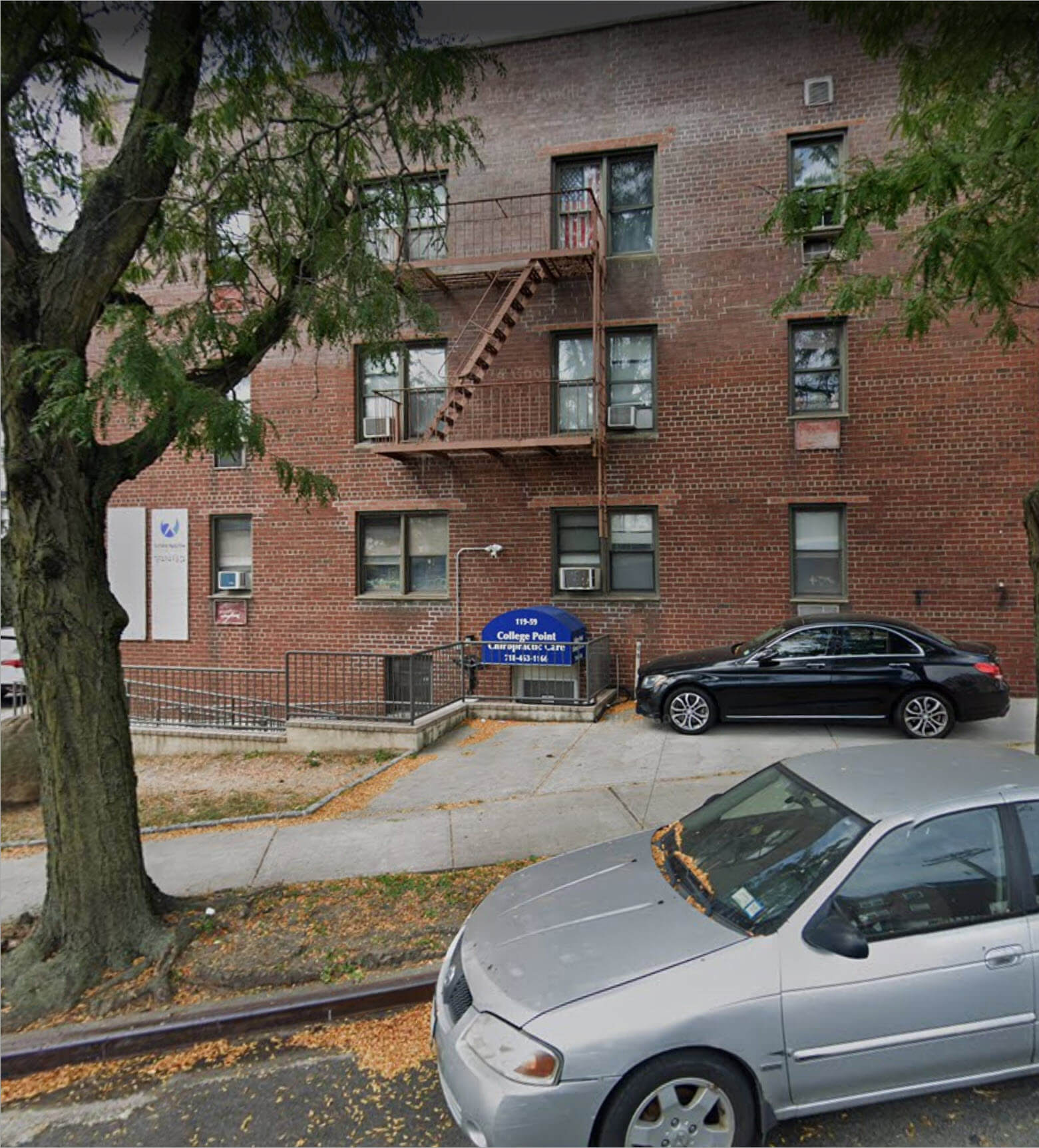
Anatomy of the Knee and the Role of the ACL
The Complexity of the Knee Joint
The knee joint is a pivotal hinge joint that connects the thigh bone (femur) to the shinbone (tibia), enabling movements such as walking, jumping, and running. It is one of the most complex and heavily burdened joints in the body, reliant on a network of ligaments, tendons, and muscles for its stability and function.
Understanding the ACL’s Function
At the heart of this network lies the Anterior Cruciate Ligament (ACL), which, along with the Posterior Cruciate Ligament (PCL), forms an “X” shape within the knee. The ACL runs diagonally in the middle of the knee, providing rotational stability and preventing the tibia from sliding out in front of the femur. It is crucial for maintaining knee stability, especially during high-intensity physical activities involving sudden stops, direction changes, or jumping and landing.

The Mechanics Behind ACL Injuries
How ACL Injuries Occur
ACL injuries often occur during sports and activities that can put stress on the knee:
- Sudden stops or changes in direction (cutting)
- Incorrectly landing from a jump
- Direct impact to the knee or collision, such as a football tackle
- Understanding these mechanics is essential for preventing injuries and recognizing when an injury might have occurred.
Deepening the Discussion on Symptoms
Recognizing the Early Signs
An immediate symptom of an ACL injury is often hearing a “popping” sound, followed by significant swelling, pain, and a feeling of instability in the knee. These symptoms can vary in intensity depending on the severity of the injury, from mild discomfort to a complete inability to continue physical activity.
Diagnosing an ACL Injury
The Importance of Accurate Diagnosis
Accurate and timely diagnosis is crucial for effective ACL injury treatment. Misdiagnosis or delays can lead to further damage, prolonged recovery, and potentially long-term knee instability.
Tools and Techniques for Diagnosis
Diagnosis typically involves a combination of physical examinations, patient history analysis, and imaging tests:
- Physical examinations assess knee stability and check for signs of ACL injury.
- Patient history provides insights into how the injury occurred and the symptoms experienced.
- Imaging tests, such as MRI scans, are essential for visualizing the injury’s extent and planning treatment. X-rays may also be used to rule out bone fractures.
Initial Management of an ACL Injury
Immediate Care Strategies
Following an ACL injury, immediate care is vital to minimize swelling and pain and to start the recovery process on the right foot:
- Rest: Avoid putting weight on the injured knee.
- Ice: Apply ice to reduce swelling and pain.
- Compression: Use an elastic bandage or a knee brace to support and control swelling.
- Elevation: Keep the injured leg elevated to help reduce swelling.
This approach, often called the RICE method (Rest, Ice, Compression, Elevation), is a critical first step before further treatment decisions are made.

Treatment Options for ACL Injuries
Non-Surgical Treatment: Is It Right for You?
Not all ACL injuries require surgery. Non-surgical treatment may be an option for individuals with partial tears who have a low level of physical activity or for those for whom surgery poses greater health risks. This approach includes:
- A rigorous physical therapy program aimed at strengthening the muscles around the knee to compensate for the torn ACL.
- Knee braces are used to provide stability during activities.
- Modifying activity levels to avoid actions that could worsen the injury.
Surgical Treatment: ACL Reconstruction
For active individuals or those with complete tears, ACL reconstruction surgery is often recommended. This procedure involves:
- Replacing the torn ligament with a graft from another part of the patient’s body (autograft) or a donor (allograft).
- Minimally invasive techniques that result in less post-operative pain and quicker recovery times.
- A post-surgery rehabilitation program that plays a critical role in recovery, focusing on gradually restoring the knee’s strength and mobility.
Recovery and Rehabilitation: The Path to Regaining Strength and Mobility
The Importance of Physical Therapy
Physical therapy is crucial to recovery, whether you’ve undergone surgery or opted for non-surgical treatment. It focuses on:
- Restoring the knee’s range of motion.
- Strengthening the muscles around the knee to support and stabilize the joint.
- Gradually reintroducing activities while preventing re-injury.
Returning to Physical Activity
- The timeline for returning to full physical activity varies depending on the severity of the injury, the type of treatment, and the individual’s commitment to their rehabilitation program.
- A gradual return, guided by a healthcare professional, ensures the knee is ready to handle the stress of physical activity without risking further injury.
The Role of Injury Docs in Your Recovery
Choosing the right treatment path and navigating recovery can be challenging. Injury Docs Now offers a platform to connect individuals with top no-fault injury doctors specializing in ACL injuries. These experts can guide you through the diagnosis, treatment, and rehabilitation process, ensuring you receive the care you need to return to your active lifestyle.
Injury Docs can help you find a doctor who understands your injury and your personal and athletic goals, ensuring a tailored treatment plan that aligns with your lifestyle and recovery expectations.
In conclusion, understanding the symptoms, getting a proper diagnosis, and following through with the recommended treatment and rehabilitation plan are essential steps in recovering from an ACL injury. With the right support and guidance, individuals can expect to return to their previous activity levels and enjoy a stable, functional knee.
FAQs on ACL Injuries
Can an ACL injury heal without surgery?
Some ACL injuries, especially partial tears, may heal with non-surgical treatment like physical therapy and bracing, depending on the individual’s activity level and the knee’s stability.
How long does it take to recover from ACL surgery?
Recovery times can vary, but typically, it takes 6 to 9 months to return to pre-injury activity levels, combining surgery and rehabilitation.
Can you fully recover from an ACL tear?
Many people return to their previous activity levels with proper treatment and rehabilitation. However, recovery can depend on the severity of the tear, the treatment method, and adherence to rehabilitation.
What are the signs of an ACL injury?
Symptoms include a popping noise at the time of injury, pain and swelling in the knee, reduced range of motion, and instability or feeling that the knee may give way under pressure.





































